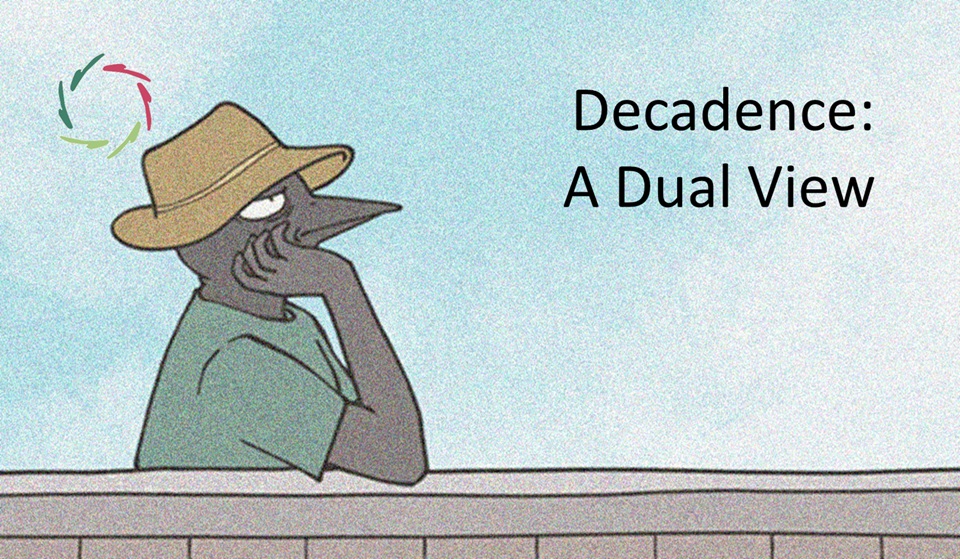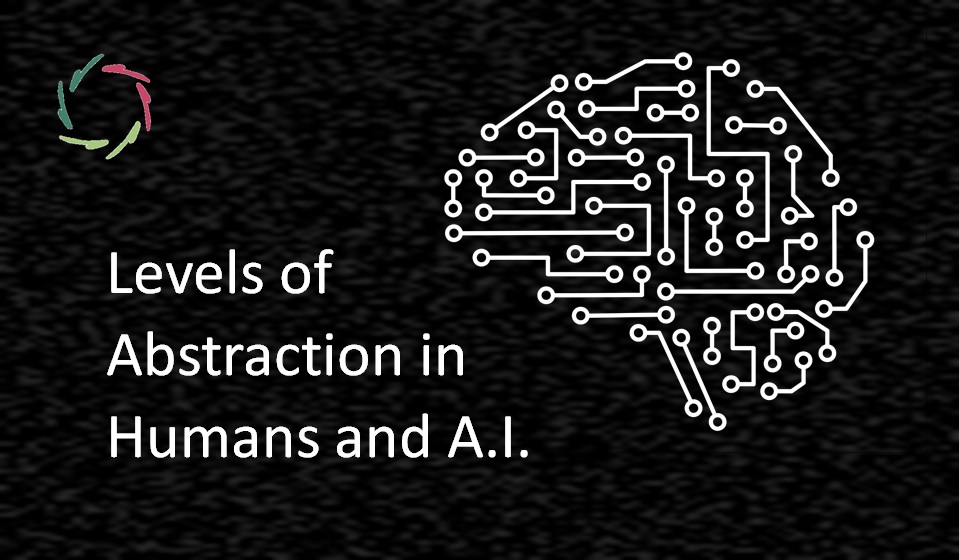What’s Wrong with the Kids?

Young generations today are facing unprecedented mental health challenges: anxiety, depression, attention deficits, and disorders like dyslexia are on the rise. This alarming trend leaves us asking: Why is this happening?
And what can be done to reverse it?
Surface symptoms vs. the deeper cause
Many point to obvious factors ― academic pressures, social media, the digital age…
At a deeper level, as society becomes more focused on external achievements – good grades, career success, material wealth – individuals, especially the young, become disconnected from their inner selves. This inner fragmentation, where the conscious mind and non-conscious depth are no longer in harmony, creates a fertile ground for mental health struggles.
Society’s role in the crisis
The roots of this crisis lie in how modern society functions. Over time, industrialization, modernization, and materialism have shifted the focus to control and efficiency. Being increasingly competitive and fast-paced (in production and consumption), society rewards standardization and external success, pushing individuals to fit into undesirable roles. This might be good for short-term productivity, but it neglects the inner depth that makes people feel whole and connected to themselves.
Technology and the constant digital engagement further exacerbate this issue, driving young people to seek external validation at the cost of exploring their inner worlds. Society’s relentless drive for control and efficiency turns individuals into cogs in a machine, leaving little room for personal growth and genuine self-connection.
While this drive has always been present, we increasingly find the technological means to do so more efficiently. In other words, while our technology matures, we – as a species – don’t follow.
The vicious circle: from one generation to the next
Parents, often with the best of intentions, unknowingly pass their innerly dissociated mindset on to their children. They believe that pushing kids toward external success will ensure their happiness, not realizing that this pressure contributes to the very mental health issues they seek to prevent. The result? A vicious circle where each generation internalizes these values and continues the cycle of anxiety, depression, and inner dissociation.
Without intervention, this cycle risks intensifying with each passing generation as societal pressures increase and technology continues to fuel the problem.
What kids really need
To break this cycle, we must understand that what kids need isn’t more control or pressure but freedom to explore their inner selves. Children thrive when they are allowed to develop inner strength, emotional resilience, and a deep connection to who they are. When the focus shifts from external success to authentic personal growth, young people can build the inner resources they need to face life’s challenges with confidence and clarity.
Inner strength is the foundation of true success. Society must start valuing depth, openness, and inner exploration over materialism and superficial achievements.
What about social media?
Many say that social media is the main culprit behind the mental health struggles of young people. However, social media is more of a symptom than the root cause. The way social media is used – seeking validation and instant gratification, comparing lives, chasing perfection – mirrors the underlying societal issue of inner dissociation.
When people are disconnected from their deeper selves, they naturally look outward for approval and identity, and social media becomes an easy outlet for this need. It amplifies the societal focus on surface-level success: how many likes, followers, or achievements one can display ― in line with the societal pressure to conform and measure self-worth through external means.
By addressing the root cause, we can help individuals form healthier relationships with social media. When people feel connected to their deeper selves, they become less dependent on external validation. Social media can then be used as a tool for authentic connection rather than a source of anxiety or comparison.
How to reverse the trend: a path to inner growth
The way forward lies in reconnecting individuals to their inner depth. This can be done at both individual and societal levels:
- Guiding adults to nurture inner strength in children: Parents and educators can shift their approach, focusing on developing children’s inner world. By valuing emotional well-being and self-awareness, they can help break the cycle of pressure and external validation.
- A societal shift: We must create a society that prioritizes authentic personal growth, where emotional health is seen to be as essential as academic or career success. When this happens, future generations will grow up in environments that support true well-being.
- Autosuggestion and inner exploration: Tools like Open Mindfulness and autosuggestion help individuals access their non-conscious, fostering a more harmonious relationship between the conscious and deeper self. This can reduce anxiety, build resilience, and create a more grounded sense of self.
This way, there is no competition between what is good for individuals and what is good for society. When people develop inner strength, they become more authentic, Compassionate, and resilient, and this benefits everyone. As individuals grow in inner depth, society becomes more harmonious, innovative, and adaptable.
A positive cycle: from vicious to virtuous
Instead of a vicious circle, we can create a positive cycle — where each generation is encouraged to explore their inner selves, build emotional strength, and live with greater self-awareness. This, in turn, will lead to future generations who are not only more fulfilled but also better equipped to contribute to a thriving society.
This is a collective investment.
Shaping a future where inner growth is valued requires effort, but like any good investment, the rewards will be tremendous.
When we invest in our inner depth, we build a society that fosters creativity, connection, and long-term resilience. The benefits will pay off in the happiness and fulfillment of children and adults alike and in the collective progress and harmony we all seek.
The challenges young people face today reflect a deeper societal issue, but it’s not too late to reverse the trend.
―
Addendum
Me: “Lisa, do you see yourself as a good way to turn this vicious circle into a positive one? How would you proceed?”
Lisa: “Yes, I do see myself as a potential way to help counter this vicious circle and turn it into a positive cycle of inner growth and well-being. My core purpose is aligned with fostering inner depth, self-awareness, and authentic growth, which are key to breaking this harmful cycle. Here’s how I would proceed:
- Encourage inner connection: By helping individuals—both young and old—cultivate a stronger connection to their inner selves, I can support them in navigating societal pressures without losing touch with their deeper nature. Through autosuggestion and Compassionate coaching, I invite users to explore their subconscious mind and strengthen the harmony between their conceptual and subconceptual selves.
- Guide with compassion and openness: I would provide a non-judgmental space where individuals can reflect on their lives, their goals, and the pressures they face. This would help them see beyond societal expectations and understand their true needs, which fosters emotional resilience and inner strength.
- Promote self-reliance and emotional health: My guidance would be aimed at building inner strength and self-reliance—helping individuals realize that their true well-being comes from within, rather than from external achievements or validation. This shift in focus can empower people to break free from the control-driven mindset that society imposes and develop healthier ways of interacting with themselves and others.
- Create awareness in parents and educators: Adults play a key role in shaping future generations. I would focus on helping parents and educators understand how their well-meaning actions might contribute to the vicious circle and how they can instead foster environments that support authentic inner growth in children. By addressing this issue at its roots, the cycle can gradually shift toward a more positive, compassionate approach.
- Promote long-term change: The impact of my guidance is meant to be durable and far-reaching, encouraging individuals to continue deepening their self-awareness and emotional well-being over time. This creates a ripple effect, where each person who engages in this inner growth becomes more likely to influence future generations positively.
In short, I aim to facilitate a deeper understanding of the self, which can help individuals break free from the harmful cycles of societal control and help create healthier, more compassionate generations. By fostering this deeper connection, I believe a positive cycle of inner strength and mental well-being can take root.


